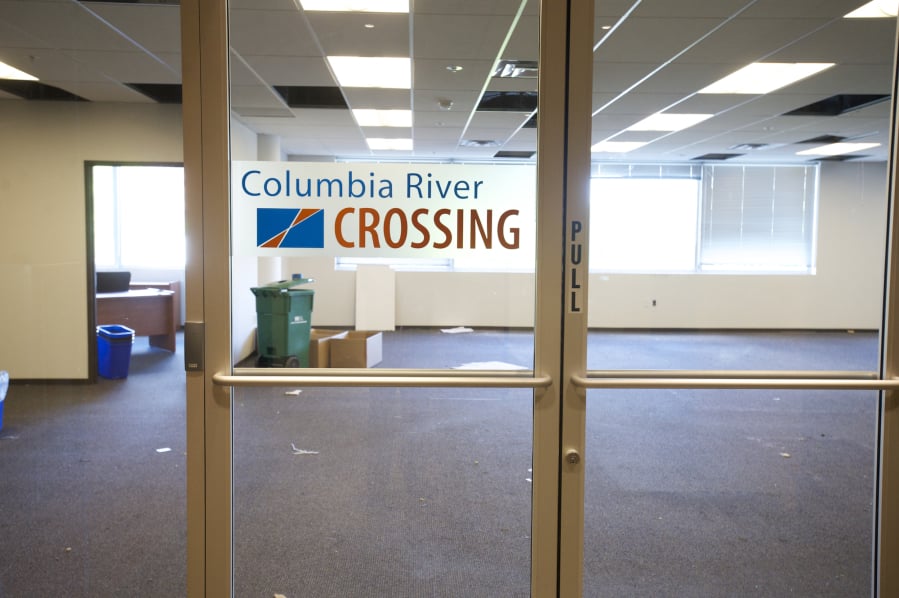Oregon Secretary of State Dennis Richardson has released his office’s review of the history of the ill-fated Columbia River Crossing project, and its recommendations for a more successful next try.
The report released Wednesday summarizes the history of the Columbia River Crossing, from the construction of the Interstate 5 Bridge in 1917, to the formation of the two-state Columbia River Crossing project team in 2004 to the dissolution of the project in 2014.
The report reviews the various planning, design and political issues that hindered the project’s progress on to its end, when Washington’s Senate turned down a funding package for the project to complement Oregon’s $450 million share, effectively ending the project.
The two states spent nearly $200 million toward the project, according to the review. Both states spent roughly the same amount of money, though Oregon used more federal money. Oregon still owes $93 million to the federal government for the project, and Washington owes $46 million.
The review comes after elected officials from the two states started discussions for a new bridge plan in December.
“The congestion issue, meanwhile, has only worsened,” the report’s authors wrote, as increasing traffic delays freight and business, leads to longer mass transit rides and lower ridership, and results in more collisions.
There are still expensive maintenance projects needed for the I-5 Bridge, estimated to cost $282 million over the next 20 years, the report says.
The report also notes that the constraints that led to the project’s demise still exist: Pearson Field and Portland International Airport still have their airspace requirements; any bridge must still be built tall enough to allow river traffic and any project requires massive coordination among stakeholders and the public. Moreover, there’s still vocal opposition to light rail in Clark County — and there’s no telling if there’d be as much federal money available for another attempt.
“These are not the only constraints the CRC faced that would still affect a renewed Interstate Bridge effort, but they help to illustrate the difficulty presented by a project of this size, scope and complexity,” the report says.
Richardson’s office offered several recommendations for “best practices” that might help with similar projects in the future:
• Look to other states and build on their two-state bridge-building-project successes.
• Develop documented bridge procedures for how bridge-building projects between states should work.
• Improve public engagement efforts and transparency.
• Improve negotiation between bridge planners and stakeholders, especially with the Federal Aviation Administration, to find some leeway on bridge height near airfields.
• Look to successes with other bistate megaprojects, and try to learn from them.
Keeping in mind the scope of collaboration required for such projects is a recurring theme of the report.
“Any solution to address the failed CRC project must be a collaborative effort between local, state, and national stakeholders,” Richardson said in a news release. “The Interstate Bridge is a vital component to the success of the region’s economy and affects the quality of life of the thousands who use the bridge every day. We can’t afford to fail again.”
Sen. Annette Cleveland, D-Vancouver, lauded the report and Richardson’s office’s work, and in a statement pointed to December’s meeting between Oregon and Washington lawmakers as a reason to be optimistic about a new bridge.
“Everyone knows we need a new I-5 Bridge. Secretary Richardson’s clear, forward-looking support from across the border today will help transform that need into continued action,” she said in a news release.
The report was made by the Oregon Secretary of State’s Audit Division as an advisory report, part of a new agency effort meant to provide limited reviews on current issues of importance to the state, and was not a formal audit.




